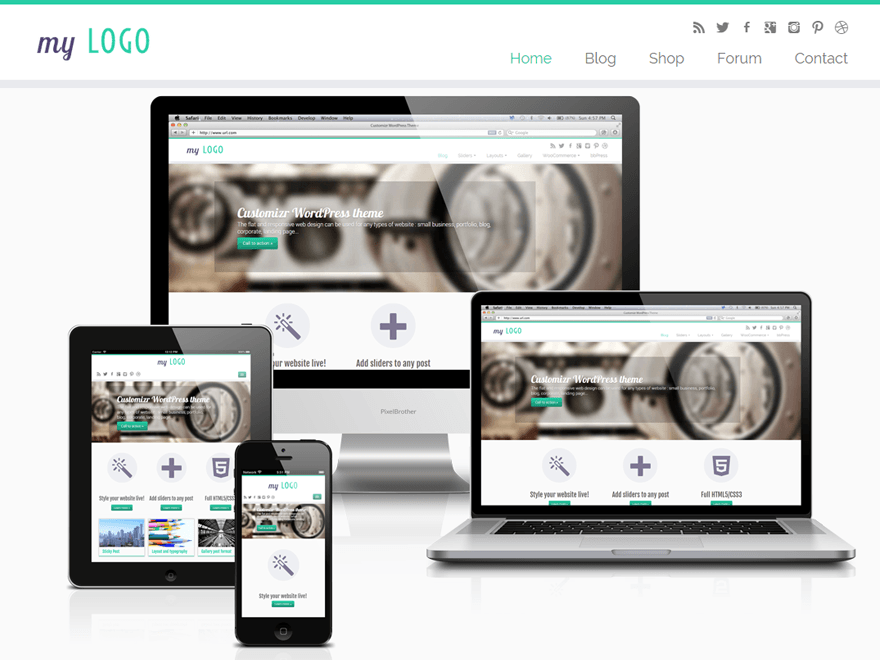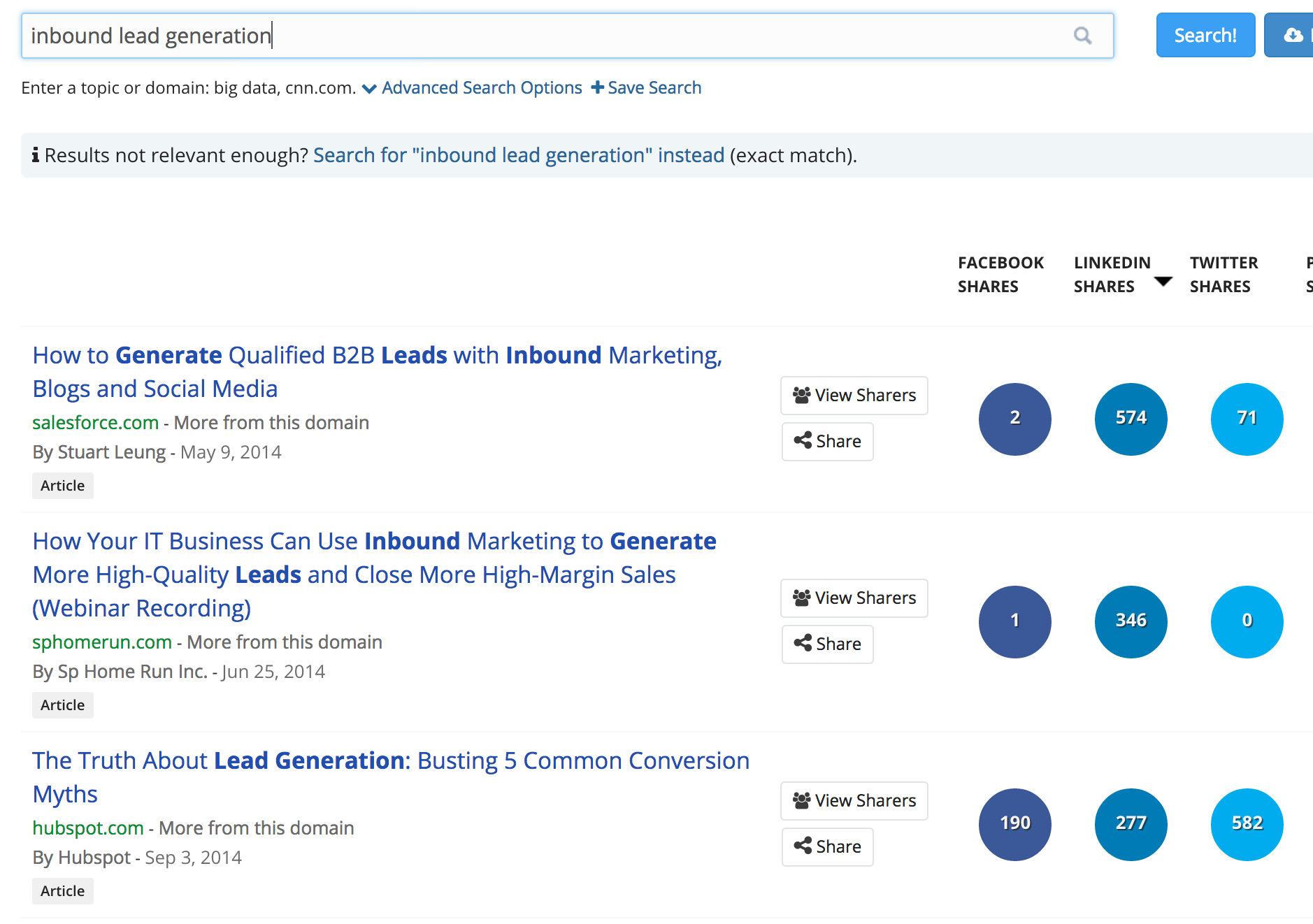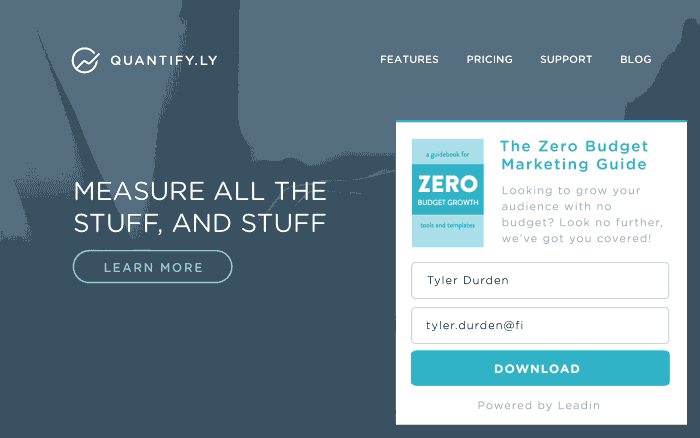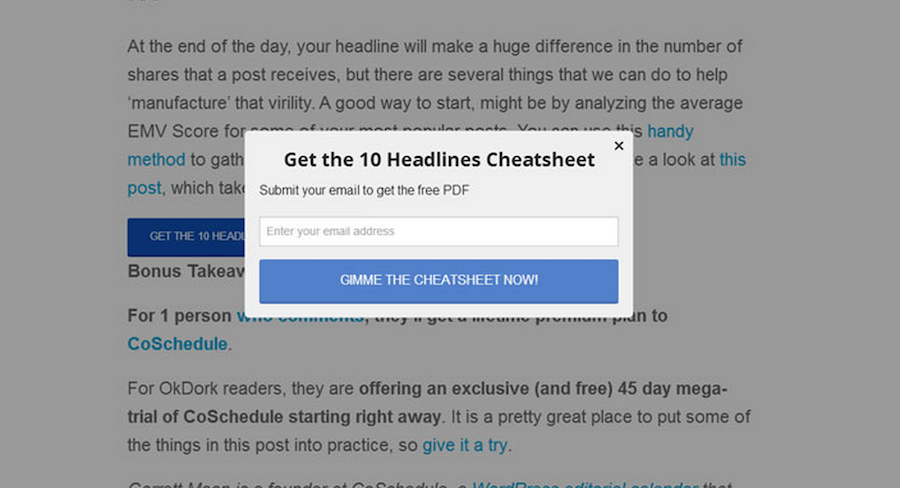 These inbound marketing tools focus on helping you create content that appeals to your company’s target customers, thus pulling your potential customers to you.
These inbound marketing tools focus on helping you create content that appeals to your company’s target customers, thus pulling your potential customers to you.
Relevant content ranges from answers to questions or challenges customers has through the range of the entire sales funnel. The content can be in the form of blog posts, white papers, infographics, videos and more, which are then distributed through channels such as the company blog, newsletter or social media accounts.
With inbound leads costing 61% less to generate than outbound leads, inbound marketing is especially suitable for startups, small and medium businesses with tighter budgets.
If you’re looking to get begin inbound marketing, here are 8 free tools to get you started. We use many of these tools ourselves and with our own clients, so we know first-hand that they’re effective despite being free.
Basics Inbound Marketing Tools
WordPress
WordPress is a free content management system that powers over 44% of websites in the world. It easily allows you add and change content, as well as modify the look and function of your website through themes and plugins. Because of how easy it is to use, we consider WordPress to be one of the best lead generation tools available, especially for small to medium businesses.
Many newer, free WordPress themes are also designed to be mobile-friendly, which makes it easier for your potential customers to view your website on mobile devices.

Hootsuite
Managing social media accounts can get complex if you don’t have a dedicated social media or marketing person on your team. Luckily, Hootsuite allows you to consolidate accounts into one dashboard where you can schedule updates, see replies and follow other social media accounts. Social media is a free and powerful way to connect with potential customers, partners and to share your content.

MailChimp
MailChimp is a newsletter program that’s free to use if you have under 500 subscribers. Newsletters are a great tool for keeping in touch with prospects on a regular basis and includes detailed analytics on opens, clicks and bounces which allows you track how every recipient interacted with each particular newsletter.

Research
Before creating any content, whether it’s a blog post, a guide or a white paper, you have to confirm that there’s a demand for the topic you’re educating your readers or potential customers on. One of the best ways to gauge interest is to look at how often people search for the topic in search engines by using Google Keyword Planner. To see what specifically around the topic most resonate with people, we can use tools like BuzzSumo that compare how many social media shares different blog posts have.
Google Keyword Planner
Enter ideas for your topics into Google Keyword Planner to see how many times per month people in a country or around the world search for it. A higher search volume means that more readers are interested in the topic or the problem. This is also a great tool to find variations of a term.
In our example below, the tool shows that people often search for “lead generation tools” and “inbound marketing tools” but they never use the term “inbound lead generation tools” so it may be better for to include the first two keywords in the blog post, instead of the third one. For a more details blog post on how to use Google Keyword Planner, see our blog post on How to Write Blog Posts People Want to Read.

BuzzSumo
BuzzSumo most shared content pieces for different topics on Twitter, LinkedIn Facebook, Pinterest and G+. By looking at the titles of the articles, you can get an idea of what type of title formats are most relevant to the topic. This tool also lets you filter by text content, infographics, videos and more.
Collecting Leads
Collecting emails and phone numbers of potential leads is the main goal for inbound marketing campaigns. Here are three tools you can use to capture lead information.
LeadIn
LeadIn by Hubspot is a free WordPress plugin that allows you to create email signup forms that slide-in or popover the page and includes basic visitor tracking features. LeadIn tracks visitor behaviour such as which pages they visited, when they visited and what forms they have filled out. One of the best features of this plugin is that it also tracks the visitors who filled out other forms on your website, even if they weren’t created by LeadIn.

SumoMe
SumoMe is a WordPress plugin that offers a number of lead collection forms on your website, such as popovers or slide-ins to collect email addresses or other information. It’s free to use, but it requires your website to be developed in WordPress. It also connects with 3rd party apps such as MailChimp and InfusionSoft to automatically pass in the contact information collected.

Tracking Progress
Once you start creating content for your website or campaign, it’s essential you have tracking in place to measure the results of your efforts.
Google Analytics
Google Analytics is a free tool from Google that tracks website metrics, such as number of visits, pages per visit, visit duration, to where the readers are coming from geographically, and more. As you consistently add relevant content to your website, Google Analytics should show a steady increase of visits and pageviews.

What other free inbound marketing tools do you use?
For more tips on inbound marketing, follow us on Twitter at @vapartners and on LinkedIn.
